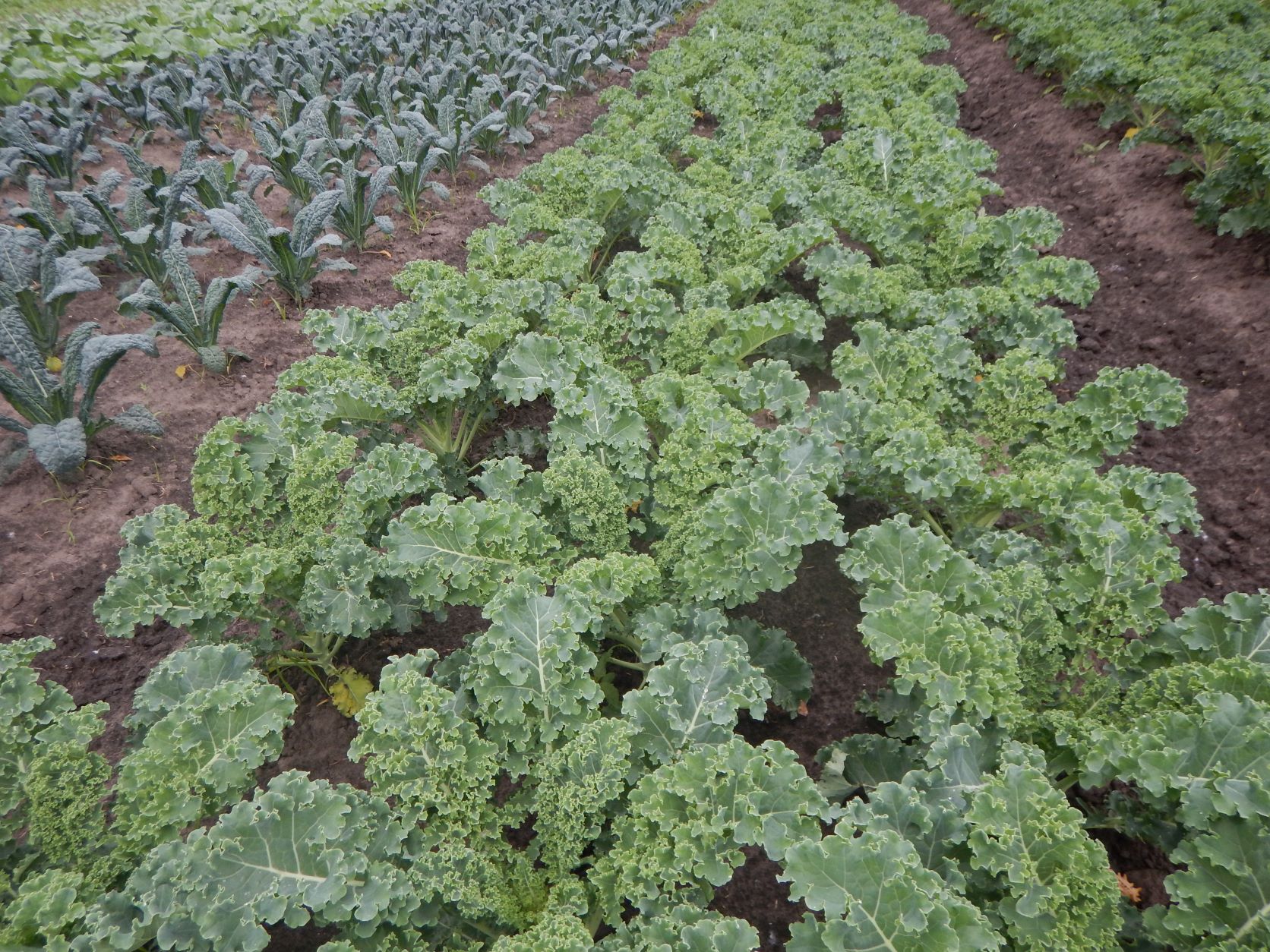What’s In The Box with Recipe Suggestions
Spinach: Tender enough to eat raw or lightly cook it!
Pea Vine & Spinach Green Drink
Green Top Diana Radishes: These are the purple and white radishes in this week’s box and are mild to slightly sweet. For those of you who don’t care for radishes, consider roasting them. The flavor mellows when they are cooked.
Roasted Radishes with Brown Butter & Lemon
Pan Roasted Radishes in Bacon Cream Sauce
Scallions: These are the first of our spring planted scallions. They’ll add delicious flavor to your dishes this week! Don’t forget to use the green tops as well.
White Turnip Salad with Miso Ginger Vinaigrette
Baby Arugula: Eat it in a salad, on its own, or mixed in with salad mix. It’s delicious when dressed with a fruity vinaigrette and garnished with a hard, salty cheese like Parmesan.
Grilled Chicken with Arugula & Warm Chickpeas
No Bacon Pasta Carbonara Loaded with Greens
Salad Mix: This mix is a blend of baby lettuce varieties mixed with flavorful Asian greens. It is more delicate, thus is best dressed with a light vinaigrette just before serving.
Spring Salad with Green Garlic Dressing
Hon Tsai Tai: This is the bunching green with green leaves and purple stems. Some bunches may also have yellow flowers which are also edible.
No Bacon Pasta Carbonara Loaded with Greens
Hon Tsai Tai & Shiitake Potstickers with Sesame Honey Dipping Sauce
Baby White Turnips: Don’t forget, the roots and the greens are both edible.
Pea Vine: Read last week’s newsletter article for more information about using pea vine. Store it in a plastic bag until ready to use.
Pea Vine & Spinach Green Drink
Kailan Branching Broccoli: Branching Broccoli is similar to Broccoli in appearance and flavor. It has a thick central stalk, glossy blue-green leaves, and small florets that emerge from the center. All parts of the plant are edible and nutritious, rich in vitamins A, C, and K, and minerals like potassium, calcium, and magnesium. (need to verify this description)
Kailan (Chinese Broccoli) with Garlic Infused Oyster Sauce
Chinese Broccoli (Gai Lan) Two Ways
Green Curly Kale: These bunches of kale are young and tender. You can eat them raw in a salad or lightly and briefly cook them.
Spicy Kale & Coconut Fried Rice
Kale Pesto Mushroom Pistachio Bowls
Kohlrabi: There are so many ways to enjoy kohlrabi…there’s got to be some way you’ll enjoy this vegetable when it’s in season!
Mixed Lettuces and Kohlrabi with Creamy Sumac Dressing
Strawberries: Keep them cool and eat them soon. Our strawberry varieties were bred for flavor, not for their long shelf life. I am including recipe suggestions this week, but I know I am just eating these straight out of the container and won’t have any left to cook with!
Strawberry Poppy Seed Vinaigrette
Balsamic Glazed Strawberry Grilled Cheese
Vegetable Feature: Green Curly Kale

There are different types of kale. This week we’re harvesting and packing green curly kale. Green curly kale is just as its name says—it’s lighter green in color with ruffled leaves. Kale is usually available from mid-June through October or early November. The flavor can change over the course of the season. Right now, it is pretty mild flavored. In the heat of the summer, it might have a little stronger flavor and then after it gets kissed by frost, the flavor becomes a little more sweet and mild again.
Kale is part of the family of vegetables called brassicas or crucifers. Vegetables in this family share some similar nutrient characteristics including high in vitamins, minerals and sulfur-rich phytonutrients that aid in cancer prevention. They are also high in fiber and low in calories. In particular, kale is an excellent source of vitamins K, C, and A as well as lutein and beta carotene.
Kale has a pretty mild flavor and can be eaten both raw and cooked. The texture of a kale leaf is much different than some of the other greens we’ve had this spring such as hon tsai tai. Kale leaves are thicker and require a little more cooking time to make them tender. If you choose to eat kale raw in salads and such, it helps to marinate the kale in a vinaigrette or dressing for 30 minutes to an hour before serving. The acidity from vinegar, lemon juice, etc. in a vinaigrette helps to soften the leaves. The great thing about kale salads is that they are more durable in comparison to a lettuce salad. You can put the dressing on the night before and the salad isn’t soggy the next day! It actually is better the next day! In its cooked form, kale is often used in soups. It can also be steamed, baked, sautéed and even roasted, as in the case of kale chips. It can also be made into pesto, added to pizzas, incorporated into lasagna, casseroles and gratins. You can even add it to smoothies and use it to make baked goods! Yes, you can put kale into muffins, cakes, etc.! Kale pairs well with many other vegetables including mushrooms, tomatoes, peppers, other greens, root vegetables and potatoes. It is also often used in recipes paired with beans and lentils as well as citrus, dairy and pork products. It is often incorporated into pasta and rice dishes as well.
It is best to wash the kale in a sink of cold water first, then strip the leaves off the main stem. Store kale in the refrigerator in a plastic bag or wrapped in a damp towel.
Short & Sweet Weekly Farm Update
The weather has been cool and dry this week, which means slower growth. But this also helps us stay ahead of the weeds. We are planting a second crop of zucchini, just as we start to pick a few from the early planting.

We do have a beautiful field of Brassicas (broccoli, cauliflower, cabbage and kales) to show you on Sunday’s field tour! Speaking of Sunday, here is a brief report from the strawberry field. ‘The first two early strawberry varieties have been slow and very poor yield. Flavorfest (mid-season variety) is doing better, but the two later varieties have not started yet. So slim picking for Sunday party, but more to come in the next two weeks for CSA boxes.’






